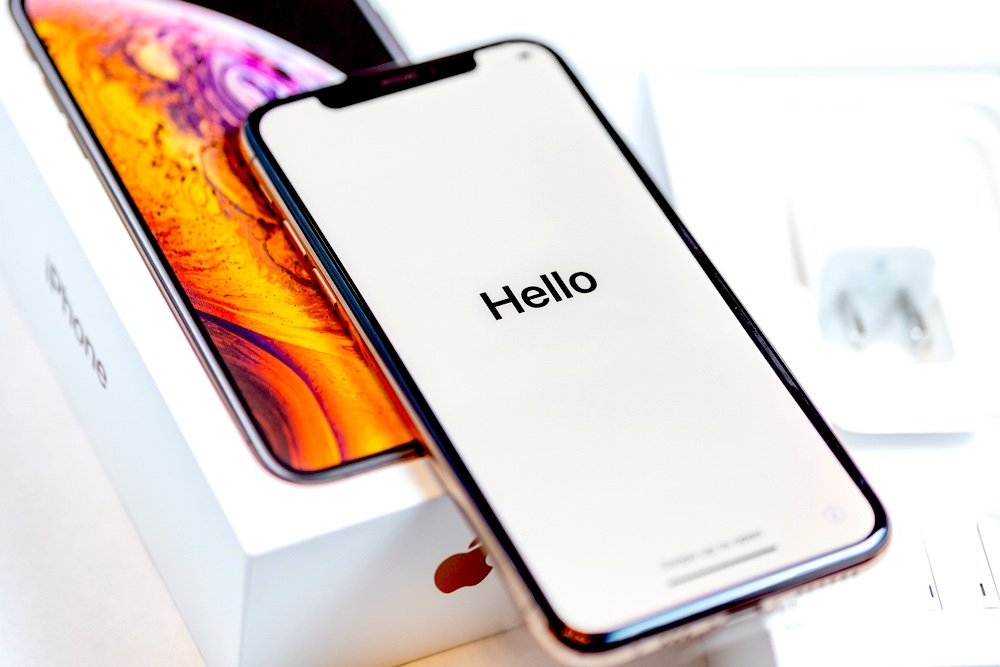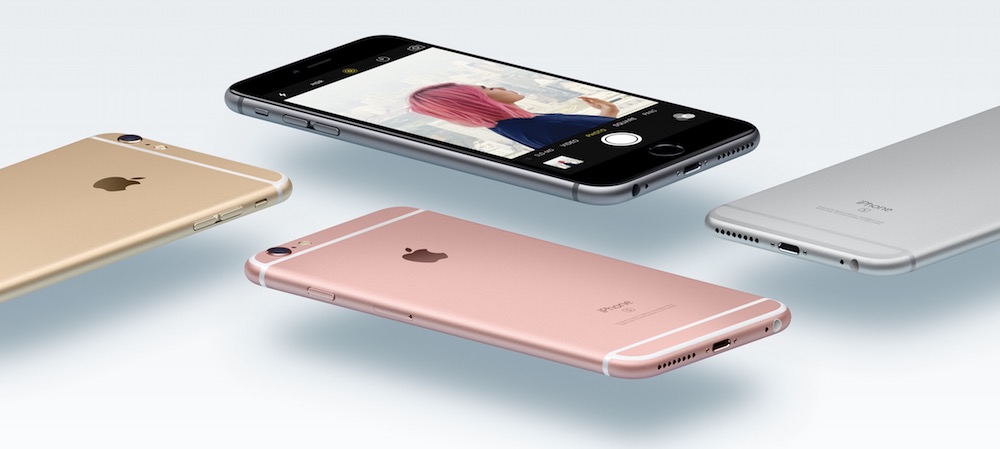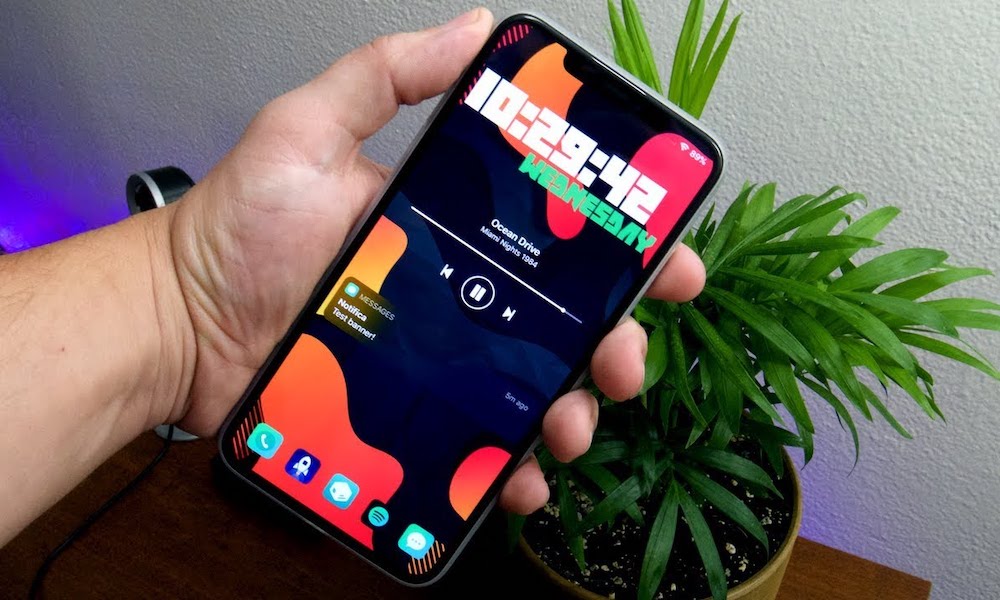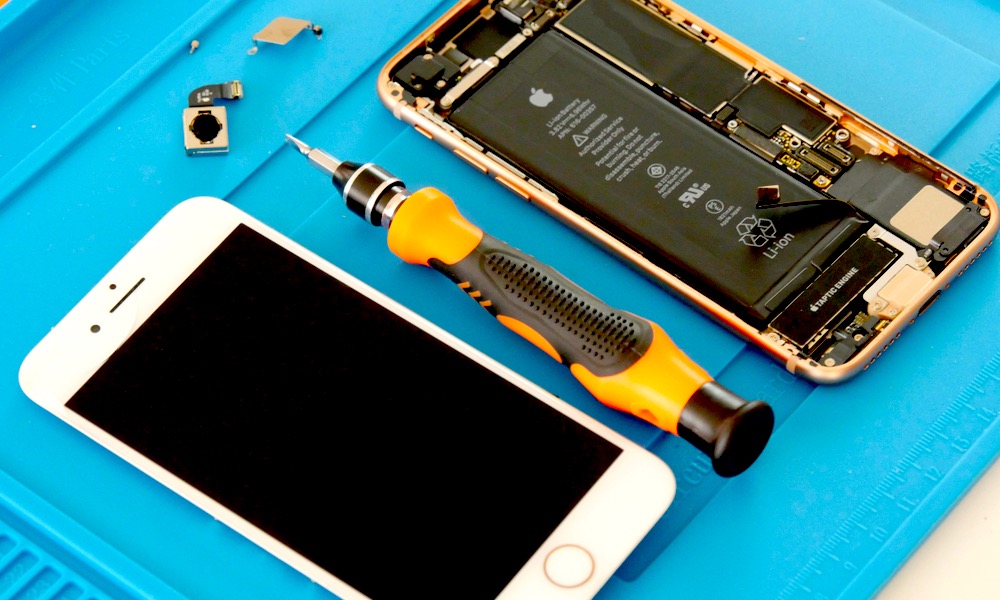Apple Declares iPhone XS Max ‘Vintage’ — Yet It’s Still iOS 18 Compatible

In an unusual twist, Apple has just added the iPhone XS Max to its vintage and obsolete products list, despite the fact that it can still be updated to the latest version of iOS 18.
The iPhone XS Max joins the much older iPhone 6s Plus on the list, which makes for an odd duo of new entries. Apple classifies products as “vintage” when they haven’t been sold new for more than five years. Once they’ve been off the market for seven years, they’re moved from the “vintage” list to the “obsolete” list.
Since Apple declares products vintage and obsolete globally rather than regionally, this has resulted in some interestingly long-lived iPhone models. The iPhone 6s was released in September 2015 and formally discontinued in most countries only one year later when the iPhone 7 came along. Apple didn’t continue selling older models back then as it does with today’s iPhone lineups.
However, the iPhone 6s was sold in other countries like Indonesia for a few more years as a more affordable model for “emerging markets.” However, it wasn’t sold in all the same storage capacities as the initial release, which is why the 32 GB iPhone 6s models already hit the obsolete list a while ago.

Other than that 32 GB model, Apple has yet to add the standard iPhone 6s or iPhone XS to the vintage list. That’s a bit of a head-scratcher for the 2015 iPhone 6s, but it’s not unprecedented. The iPhone 6 Plus went down a similar road in 2022, hitting the vintage list before its smaller counterpart.
The iPhone XS and iPhone XS Max were both officially discontinued with the release of the iPhone 11 lineup that year, but the iPhone XS may have remained on sale for longer in other countries.
Meanwhile, the iPhone 7 and iPhone 7 Plus remain conspicuously absent from Apple’s list, suggesting they were left on the market for even longer than the iPhone XS Max, which is now the most recent model to be declared vintage. The most recent obsolete models are the 32 GB versions of the iPhone 6s and iPhone 6s Plus.
What This All Means

As strange as it sounds that an iPhone that can run the latest version of iOS is now considered vintage, the designation has more to do with the availability of hardware repairs than whether Apple will continue to support it in other ways.
It can be difficult, but not impossible, to get hardware service for products that Apple considers vintage, and that’s not just because they’re well out of warranty. Apple stops making replacement parts for vintage iPhones, so even if you’re willing to pay for it, you could have a hard time getting a screen repair or battery swap.
Apple Stores and Apple Authorized Service Providers (AASPs) will still provide parts and service on a best-effort basis, but their hands will be tied if no genuine Apple parts are available.

However, that doesn’t mean third-party repair shops won’t be able to help you. Apple’s service partners are prohibited from using non-genuine, used, or gray market parts, but that doesn’t apply to an independent shop that might have an old iPhone XS Max screen or battery lying around from another unrepairable device. That may not be as good as a proper repair by an AASP, but it’s better than nothing.
The vintage list is a 5 to 7-year gray area where you’re rolling the dice on whether you’ll be able to get a product repaired. However, once an iPhone hasn’t been sold by Apple for more than seven years, it lands on the obsolete list. At that point, Apple and AASPs will refuse to touch it.
Apple discontinues all hardware service for obsolete products, and service providers cannot order parts for obsolete products.
Apple Support
Again, that’s an official policy that doesn’t tie the hands of independent repair shops. It’s doubtful that they’ll be able to fix an obsolete iPhone using new parts, but some of them can be pretty resourceful at scouting out aftermarket batteries and displays if you’re in a bind. Still, if you’re in a position where you need a vintage or obsolete phone repaired, we’d recommend reading the fine print and looking at customer reviews, as gray market third-party screens can be problematic, and bad batteries can be downright dangerous.







